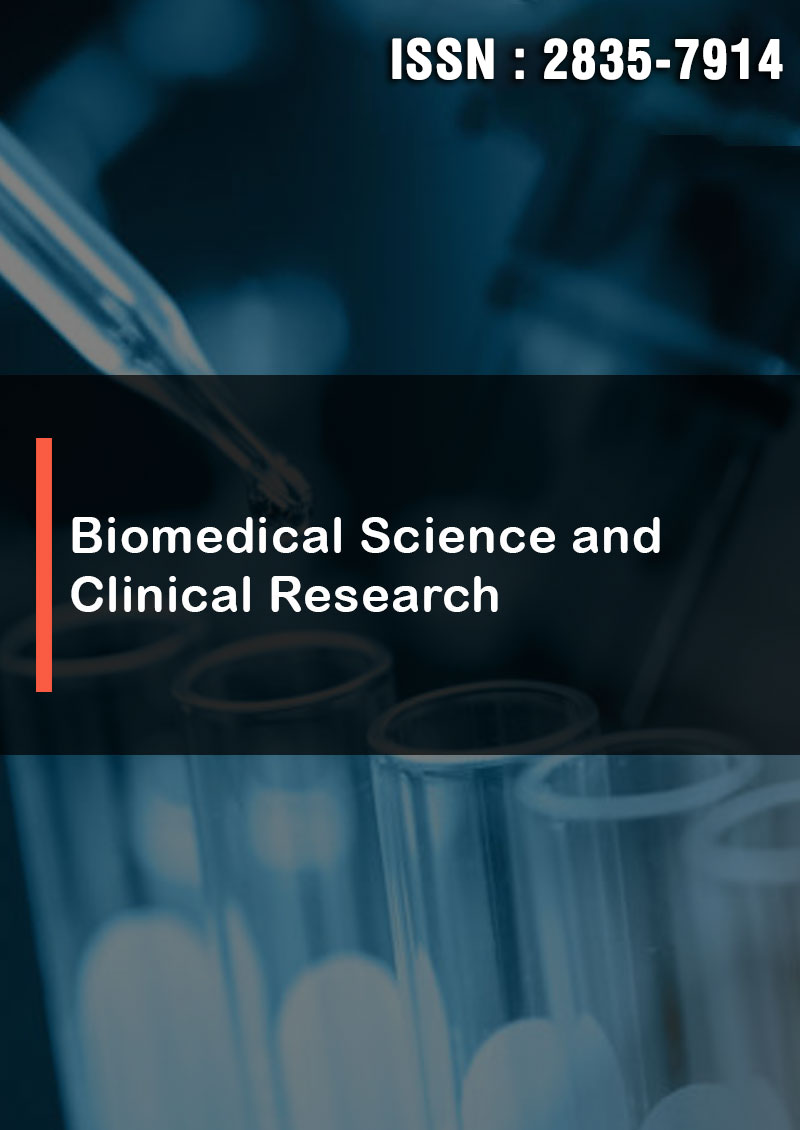Interplay Among Lipoproteins, Endothelial Cells and Platelets
Abstract
Anita L R Saldanha, Andre Luis Varela Gasparoto, Ana Paula Pantoja Margeotto, Giulia Mitsuko Schimit Hatae, Milena de Sousa Vasconcelos, Tereza Luiza Bellincanta Fakhouri, Elisa Rinaldi Nunes, Natalia Rodrigues Daniel, Paulo Mauricio Garcia Nose and Tania Leme da Rocha Martinez
Epidemiological studies have allowed variables related to coagulation to be implicated in the process of atheromatous plaque formation. These include fibrinogen, factors VIII, VII, and von Willebrand, as well as fibrinolytic activity. It is important to note that the reported changes are reversible and there is a reduction in atherosclerotic disease when hyperlipidemia is corrected. The interference that dyslipidemia makes in the hemostasis system is located in three fundamental points: the endothelial cell, platelets and circulating coagulation factors and fibrinolysis. The lumen of the vessels of the entire cardiovascular system is covered by a single layer of juxtaposed endothelial cells, which are in direct contact with the circulating blood. They separate the blood from the subendothelial matrix, where adhesive proteins important for activating coagulation such as collagen, von Willebrand factor and fibronectin are found. The endothelial cell has multiple functions that, as a whole, protect from the activation of coagulation and thrombus for- mation. The role of hemostasis in the initial phase of atherogenesis is mainly related to platelet activation. They have a lipoprotein cell membrane containing glycoproteins, which function as important receptors for platelet activation rep- resented by the processes of adhesion, shape change, secretion of granules and aggregation for platelet plug formation.



